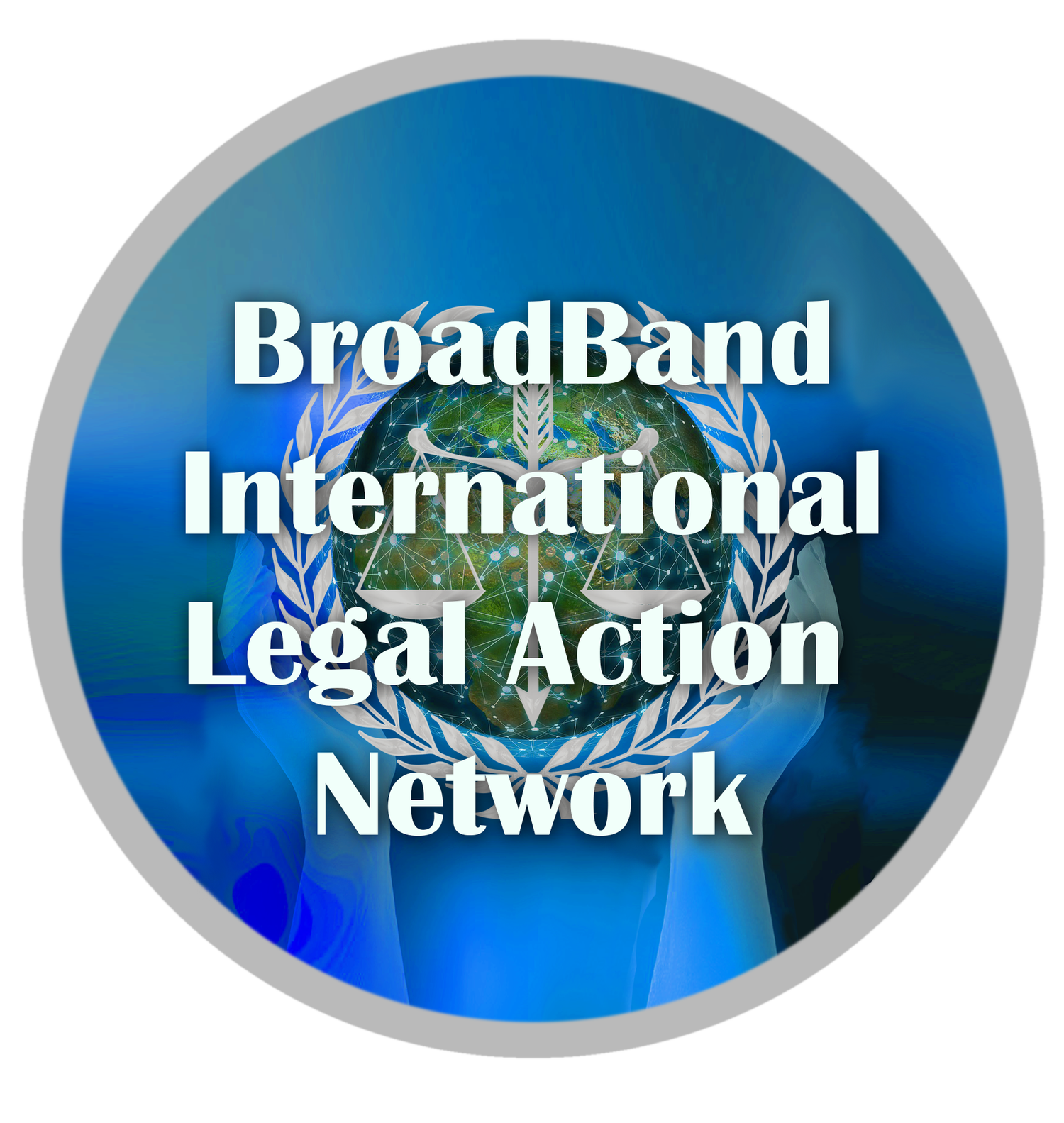March 27, 2024 Ruling by the Los Angeles Superior Court in Fiber First Los Angeles, et al. v. Los Angeles County et al. — A Significant Advance for the Public
by Julian Gresser
On Tuesday, March 27, 2024 Judge James C. Chalfant of the Superior Court of Los Angeles delivered his decision (prior to final judgment forthcoming in May 2024) in the case of Fiber First Los Angeles, et al. v. Los Angeles County et al. The Court made several specific findings that are beneficial to the millions of residents of Los Angeles County, as well as the tens of millions of residents in other California counties and across the nation.
CEQA and Preemption
California Environmental Quality Act (CEQA) is not preempted by the federal Telecommunications Act of 1996 (TCA) and the Spectrum Act of 2012 (SA). The Court ruled (p. 29): “CEQA explicitly applies to discretionary projects by public agencies including but not limited to the enactment and amendment of zoning ordinances issuance of conditional use permits and approving tentative subdivision maps environmental analysis must be performed before an agency approves a project, and an agency may not commit itself to a project without performing such review.”
JG Comment: This decision represents a bold stroke that reaffirms the continuing and controlling importance of CEQA, when many local boards of supervisors and city councils are making decisions on wireless tower permits under the misguided premise that their “hands are tied” by the TCA and SA. CEQA is very much relevant, and their hands are not tied when it comes to protecting the public they were elected to serve.
Scenic Highways
There are nine designated scenic highways in Los Angeles County which constitute part of its critical circulatory system. The Court states unequivocally (p. 51): “a categorical exemption shall not be used for a project which may result in damage to scenic resources within a highway officially designated as a state scenic highway.” The Court concluded: “the scenic highways exception applies to the Ordinance.” (p. 52) In other words, the County cannot legally exempt scenic highways from CEQA by the Ordinance.
Historic Sites
The Court states (p. 50): “A project that may cause a substantial adverse change in the significance of a historical resource is a project that may have a significant effect on the environment… No categorical exemption may apply when a project may cause a substantial adverse change on the significance of a historic resource.” In other words, LA County’s Ordinance which allows the installation of small cell facilities and macro cell towers on or near historic sites violates the Court’s decision, and such installations are now illegal.
Ministerial Review
Throughout, the Ordinance confuses ministerial and discretionary review, and allocates some decisions to ministerial when they should more properly be assigned to discretionary review, which would permit mitigation of adverse effects. The Court states ( p. 36): “The misclassification of permit issuance as ministerial prevents environmental review of discretionary approvals, thereby preventing the Director or Commissioner from denying or conditioning a permit in ways that would mitigate environmental problems unearthed by an EIR [Environmental Impact Report as defined by CEQA Guidelines]… Stated another way, the discretionary component of the project gives the agency the authority to mitigate environmental impacts, but if that discretionary component is exempt, it does not matter whether the Director or Commissioner could mitigate environmental problems by denying or shaping the permit, because by definition such problems do not rise to the level of significant impacts… In sum, the Ordinance contains discretionary decisions and permit issuance that require application of CEQA unless the Ordinance is otherwise exempt.”
Conclusion
We appreciate Superior Court Judge James C. Chalfant’s analysis which cuts through the tangle of legal issues in this complex case. Judge Chalfant’s important rulings will not only bind Los Angeles County, but also establish an important precedent that must shape the decisions of other counties in California concerning permits covering state and local telecommunications infrastructure. Public interest advocates are facing what appears to be insuperable odds in their efforts to restore some semblance of balance and sanity in the face of a Wireless Juggernaut. The Court’s decision is one advance in leveling the playing field.
We express our appreciation to other members of our legal team (Children’s Health Defense and our local counsel Mitchell Tsai law firm), and to the Petitioners, local and national organizations and their representatives, whose loyalty to our common cause, good will, support, and effective collaboration has been essential.
Julian Gresser is a co-founder of BBILAN and co-counsel in Fiber First Los Angeles, et al. v. Los Angeles County et al.
